There are a handful of clinical events that occur in the dental operatory that create anxiety and feelings of hopelessness in our jobs as dentists. Some of these include finishing a restoration, then finding a void; seating a beautiful new crown, then finding an open margin; and agreeing to extract a tooth, then breaking off the root tip.
Among these unexpected and unwanted moments that can make us question our career choices, one of the sneakiest and most frustrating is hearing a patient say, “It wasn’t hurting until you worked on it.” Amongst patients who are told they have dental caries, the vast majority are asymptomatic at the time of diagnosis. Their decision to move forward with a long-term restoration is based solely on their trust in the practitioner. Agreeing to undergo the recommended dental work will inevitably lead to a loss of money, time, and comfort. However, patients often happily agree, as they understand that ignoring the cavity will lead to a much more difficult long-term situation. Most dentists understand the weight of that level of trust and do their best to provide a restoration that follows all the rules. This means that the following must be done with a high degree of thoroughness, time, and care:
- Prep design
- Bevel
- Selective etch
- Manufacturer guidelines with the bonding agent
- Curing time
- Properties of the restorative material
- Final contours of the completed restoration
- Polish
For the most part, the high degree of thoroughness is rewarded by happy patients who report that they can chew and expose the tooth to hot and cold like normal. It is also rewarded when the patient returns to our office several months, years, and decades later, and we as dentists gain the satisfaction of evaluating our old restoration with smooth and clean margins that are free of any recurrent bacterial accumulation. The radiographs show little to no space between the natural dentin and the overlying restorative material. The patient has forgotten which tooth was worked on, and all signs indicate that the pulp continues to thrive.
All that potential professional satisfaction is lost when we hear the dreaded words, “I can’t chew on it,” “It is really sensitive to cold,” or “It wasn’t hurting until you worked on it.” As a result of this desire to provide our patients with the best possible professional outcomes, any and all innovations in material chemistry, technique, clinical strategy, and design must be strongly considered and evaluated.
SHOFU is known for its polishers, abrasives, and cameras. Over the past decade, the company has developed a very strong market presence with its restorative materials due to certain cutting-edge features. Although many dentists have benefitted from the use of innovative restorative materials, many continued to use traditional etch and bond techniques. This changed recently when SHOFU introduced BeautiBond, a bonding agent system specifically designed to continue the positive trends of their already existing Giomer restorative materials by providing an extremely low film thickness, as well as the opportunity to avoid the harshness of dentin etching.
Several dentists, who are also members of the Catapult Education product evaluation team, were given an opportunity to try the BeautiBond product in their own office over a 6-week period, performing all classes of composite restorations, including those deeper restorations close to the pulp. After the trial period, these dentists were asked to describe their experience using this bonding agent.
Because this product has an extremely low viscosity—and therefore can penetrate deep into the tooth structure, resulting in an extremely low necessary film thickness—dentists were asked whether this feature resulted in any visible lines at the margins. All the responding dentists (100%) found no evidence of stain, citing “smooth, invisible, and imperceptible margins.” All the respondents could see how this would provide excellent long-term benefits. Additionally, nearly all the responding dentists indicated that there was no reported sensitivity after using this bonding agent.
Figure 1.
The unidose feature is efficient, affordable, and it reduces the potential for cross-contamination.
Figure 2.
The unidose feature is efficient, affordable, and it reduces the potential for cross-contamination.
Figure 3.
A simple Class II restoration requires minimal film thickness so that composite intimately contacts the surface of the prep.
Figure 4.
A simple Class II restoration requires minimal film thickness so that composite intimately contacts the surface of the prep.
Figure 5.
Selective etch and total etch are not necessary with the BeautiBond product but can still be used, especially for dentists who are skeptical about bonding solutions without the use of etch.
Figure 6.
The resulting composite is highly polished and beautiful, but most importantly, it will not result in a dark stain along the margin in the coming years and decades.
All photos courtesy of Ankur A. Gupta, DDS.
Because of the unique chemical composition of this product, there is “no need for mixing/shaking the bottle, scrubbing into the tooth structure, or applying multiple coats,” according to the manufacturer's recommendations. The survey asked respondents how they felt about this feature, and the vast majority felt that although small increases in efficiency are beneficial, certain habits are hard to break. Most responding dentists found that the clinical results of this product outweighed the procedural efficiency.
Overall, SHOFU’s BeautiBond system has several advantages, including the following:
- High bond strength for long-term predictable success
- No postoperative sensitivity, for maximum patient comfort
- Low film thickness to eliminate marginal discoloration
- Ease of use to reduce technique sensitivity
- Lower price compared with similar competitors
Although the responding dentists all seemed to agree that SHOFU delivered on these promises, none of the above appealing features stood out as the No. 1 most important. The 2 features that received the most votes were “no postoperative sensitivity, for maximum patient comfort,” and “ease of use to reduce technique sensitivity.”
Summary
All the survey respondents (100%) had an overall good or excellent experience with the BeautiBond product, and the same 100% reported being likely or very likely to recommend this product to a colleague. Additionally, every dentist reported that they intend to continue using this product in their offices. Because of the unanimously positive feedback provided by the Catapult Education group of evaluating dentists, it is without hesitation that we bestow upon SHOFU USA the Catapult Vote of Confidence.

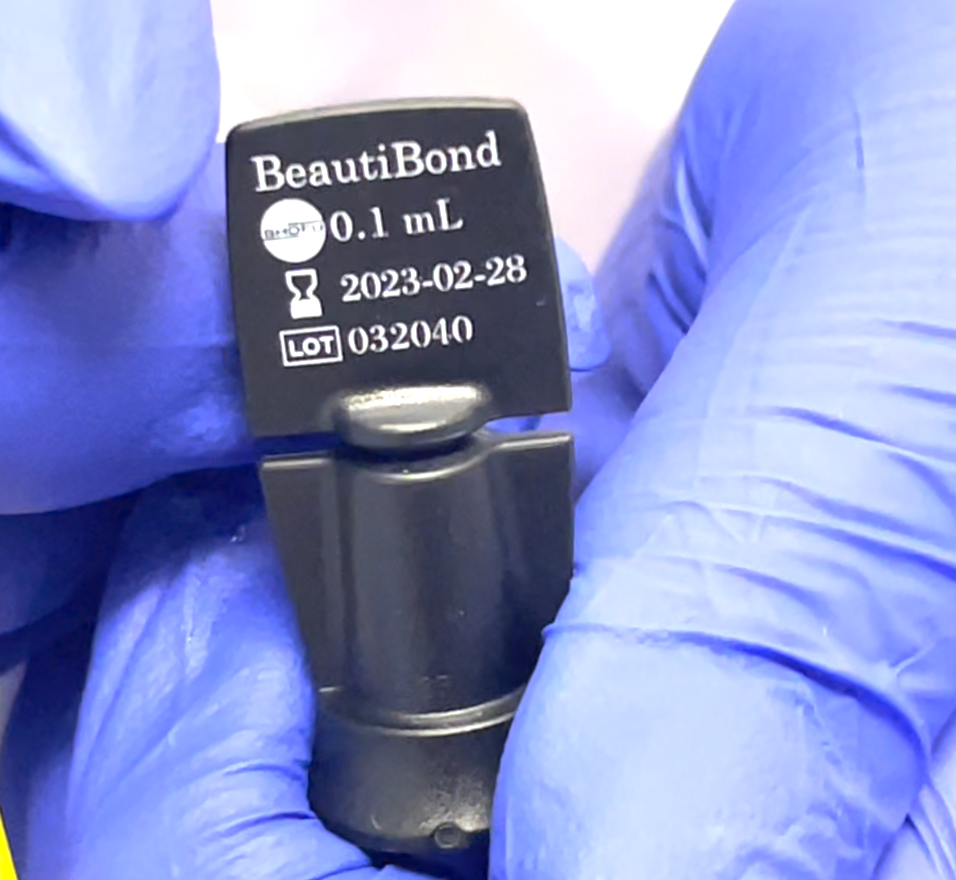
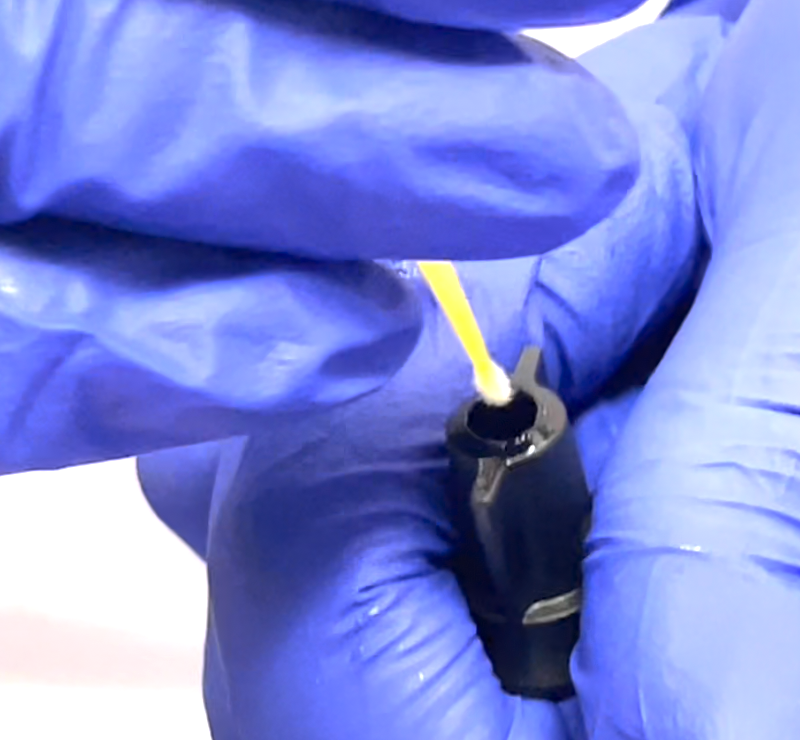
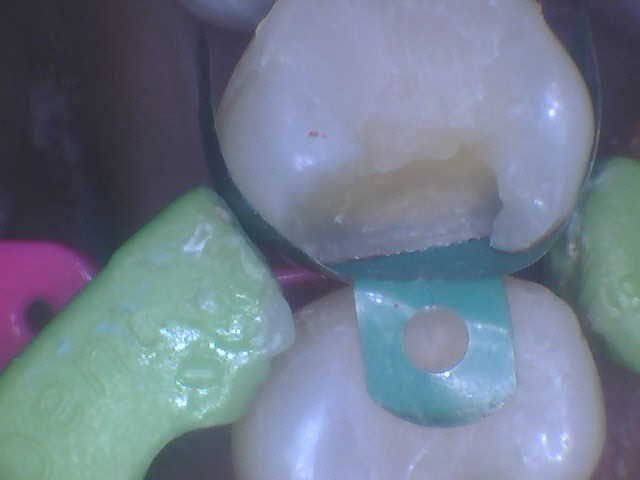

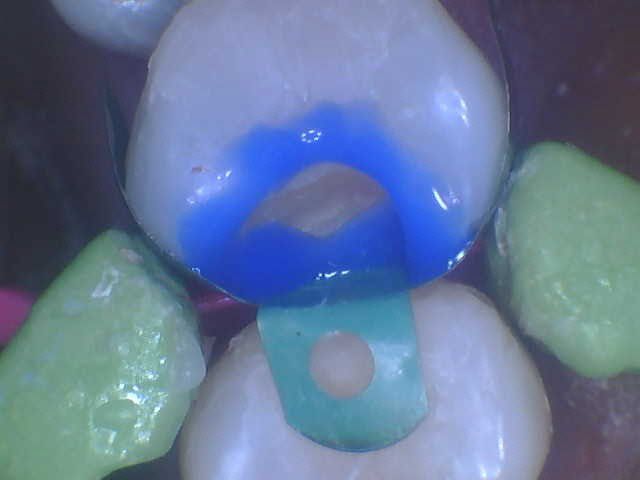
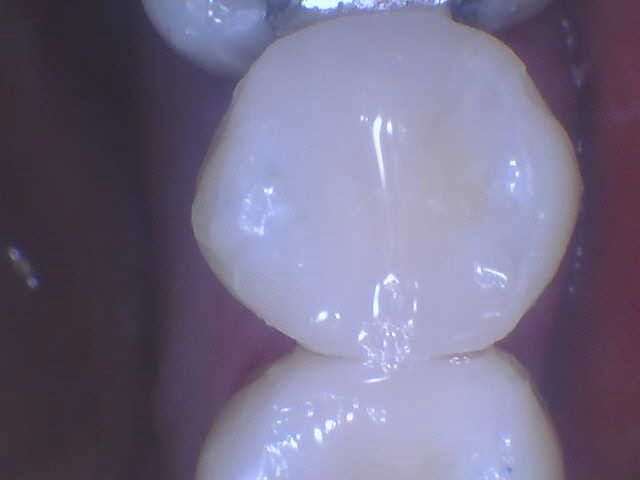
 Download Issue: Dental Products Report March 2023
Download Issue: Dental Products Report March 2023

